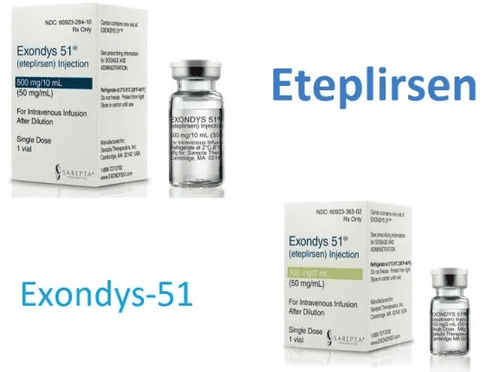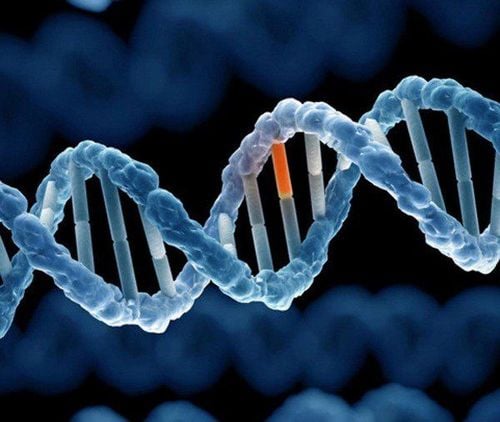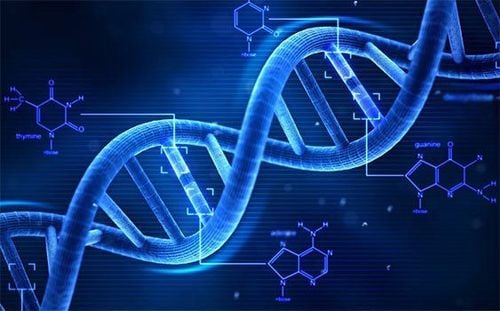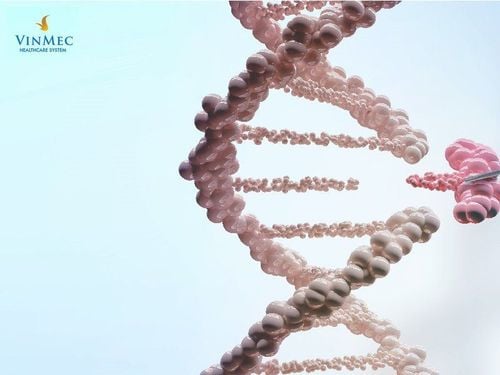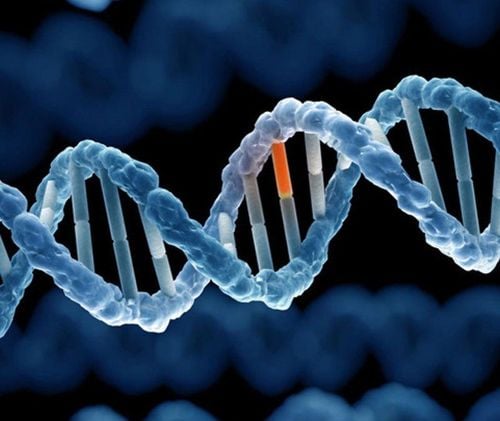This is an automatically translated article.
DNA is the molecule that carries genetic information, instructing how to make proteins important for the growth and development of all living things. DNA testing can reveal changes (mutations) in genes that can affect health conditions.
1. General overview of DNA
DNA is an acronym for deoxyribonucleic acid, it is made up of nucleotide units. DNA is an extremely important molecule for not only humans, but for most other organisms. DNA contains genetic material and genes - that's what makes us unique.
A complete set of DNA contains 3 billion bases, 20,000 genes and 23 pairs of chromosomes. We inherit half of our DNA from our father's sperm and half from our mother's eggs.
In fact, DNA is very fragile, it is estimated that tens of thousands of DNA damaging events occur every day in each of our cells. This damage can occur from errors in DNA replication, from free radicals and from our exposure to UV radiation. But fortunately, our cells have specialized proteins that are able to detect and repair many cases of DNA damage.
DNA contains the instructions necessary for an organism to grow, develop and reproduce. These instructions are stored in sequences of nucleotide base pairs. The cells read the code at a time to make the proteins needed for growth. Each group of three bases corresponds to specific amino acids, which are the building blocks of proteins.
For example, base pairs T-G-G designate the amino acid tryptophan, while base pairs G-G-C designate the amino acid glycine. Some combinations, like T-A-A, T-A-G and T-G-A also indicate the end of the protein chain. Proteins are made up of different combinations of amino acids. When put together in the right order, each protein has its own structure and function in the body.
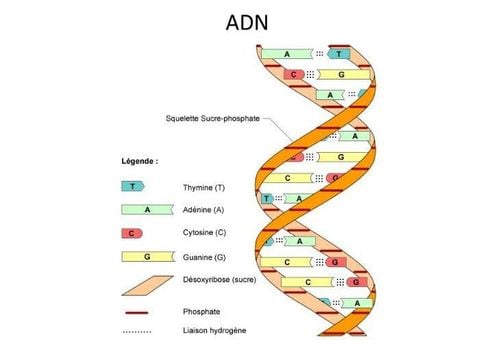
DNA được tạo thành từ các đơn vị nucleotide
Mutations occur when changes in the DNA sequence occur. Mutations can be a concern, but it's also a good thing. If a mutation leads to a change in the DNA code that affects the way a protein is made, that's a bad thing because once a protein doesn't work properly, disease can occur. Examples include cystic fibrosis and anemia caused by sickle cell structure. In addition, mutations are also the basis for the development of cancer.
For example, if genes that encode proteins involved in cell growth are mutated, cells can grow and divide out of control and cause cancer. Some cancer-causing mutations can be inherited. Meanwhile, some other mutations can be acquired from exposure to carcinogens such as UV radiation, chemicals or cigarette smoke. However, we also need to keep in mind that some mutations are completely harmless and in other ways contribute to our diversity.
2. How to transfer information from DNA code to protein and cell division mechanism
DNA contains a code that provides information to the cell through a two-step process: First, the two strands of DNA separate. Then, special proteins in the nucleus read the base pairs on the DNA strand to create an intermediate messenger molecule. This process is called transcription and the molecule produced is called messenger RNA (mRNA- is a type of nucleic acid). It travels outside the nucleus, serving as a message for the cellular machinery that builds proteins. In the second step, specialized components of the cell read the mRNA message, three base pairs at a time, and work to assemble a protein, amino acid by amino acid. This process is called translation.
The body's cells divide as a normal part of growth and development. When this happens, each new cell must have a complete copy of its DNA. To achieve this, DNA must go through a process called replication. When this happens, the two strands of DNA separate. Then, specialized cellular proteins use each strand as a template to create a new strand of DNA. When replication is complete, there are two double-stranded DNA molecules. One set will enter each new cell when the division is complete.
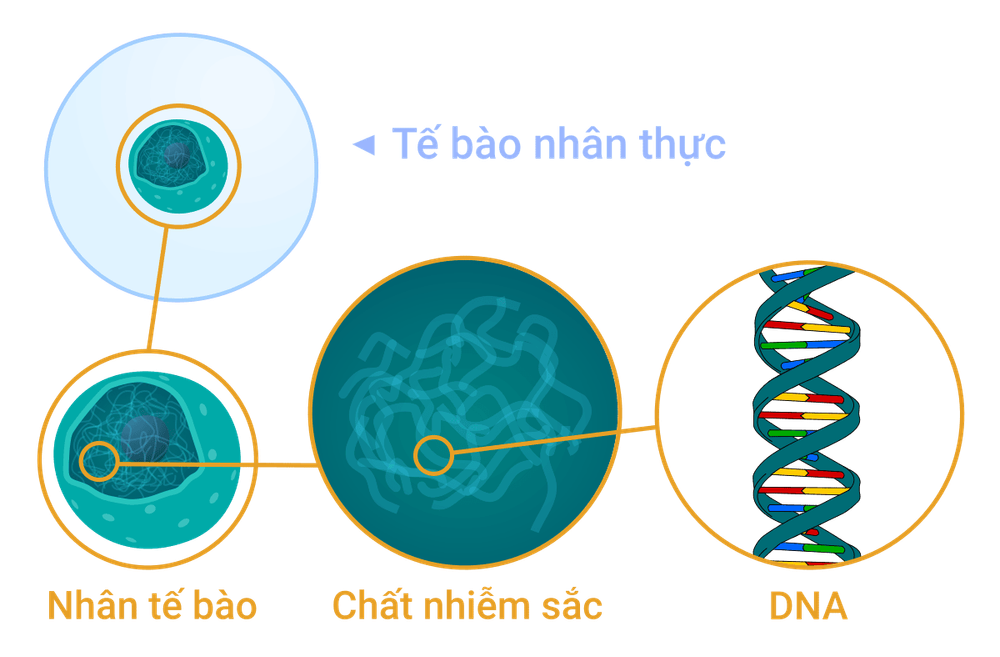
DNA trong cơ thể
3. Meaning of DNA test
DNA testing (genetic testing) plays an important role in determining the risk of developing certain diseases as well as performing screening for timely medical interventions. Different types of genetic testing are done for different reasons:
Diagnostic tests are done to identify mutated genes or to identify potentially heritable diseases. For example, genetic testing may be used to confirm a diagnosis of cystic fibrosis or Huntington's disease.
Preclinical testing . If there is a family history of a genetic condition, genetic testing can show how likely you are to have that condition. This type of test can be helpful to determine your risk of certain types of colorectal cancer.
Carrier test . If you have a family history of a genetic disorder, such as sickle cell anemia or cystic fibrosis, you may choose to have genetic testing before you have children. Carrier testing can detect genes associated with a variety of diseases and genetic mutations and can determine if a spouse is a carrier of the same condition.
Prenatal testing . If you're pregnant, this test can detect certain types of abnormalities in your baby's genes. Down syndrome and trisomy 18 syndrome are two genetic disorders that are often screened for as part of prenatal genetic testing. Traditionally, this test is done looking at markers in the blood or with an invasive test like amniocentesis. The newer test called a cell-free DNA test looks at the baby's DNA through a blood test done on the mother
Newborn Screening. This is the most common type of genetic test, and it is important because if the results show any underlying disorder such as congenital hypothyroidism, sickle cell disease or phenylketonuria (PKU), then the patient will be treated immediately
Preimplantation Trial . Also called preimplantation genetic diagnosis, this test may be used when you are trying to conceive a child through in vitro fertilization. Embryos are screened for genetic abnormalities. Embryos without abnormalities are implanted in the uterus in hopes of pregnancy
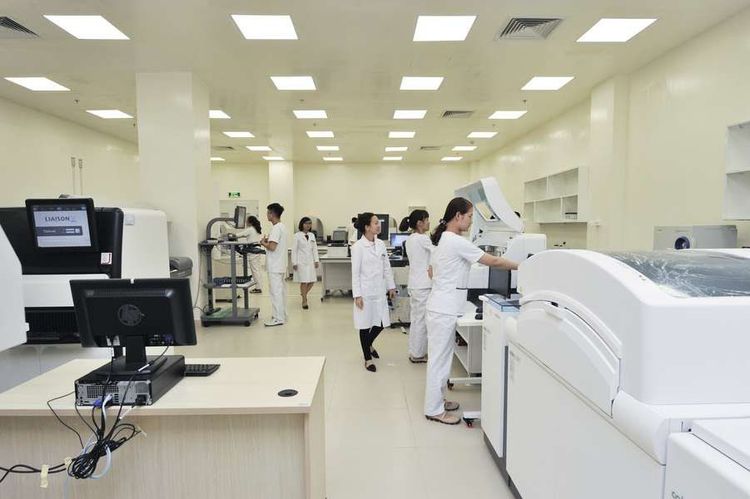
Bệnh viện Vinmec có hệ thống máy xét nghiệm hiện đại cùng đội ngũ y bác sĩ đầu ngành
A fingerprint DNA test is a chemical test that shows the genetic makeup of a person or other living organism. It is used as evidence in courts, to identify bodies, monitor blood relatives and seek cures for diseases.
DNA is pivotal to our growth, reproduction and health. It contains the instructions needed for cells to make proteins that affect many different processes and functions in the body. Because DNA is so important, damage or mutations can sometimes contribute to disease development. However, it's important to remember that mutations can also benefit and contribute to our diversity.
Vinmec International General Hospital is one of the hospitals that not only ensures professional quality with a team of leading medical doctors, modern equipment and technology, but also stands out for its examination and consultation services. comprehensive and professional medical consultation and treatment; civilized, polite, safe and sterile medical examination and treatment space. Customers when choosing to perform tests here can be completely assured of the accuracy of test results.
Customers can directly go to Vinmec Health system nationwide to visit or contact the hotline here for support.
References source: healthline.com, mayoclinic.org, webmd.com
MORE:
Non-DNA Prenatal Screening Test What is a DNA fingerprint? What is a DNA vaccine?




